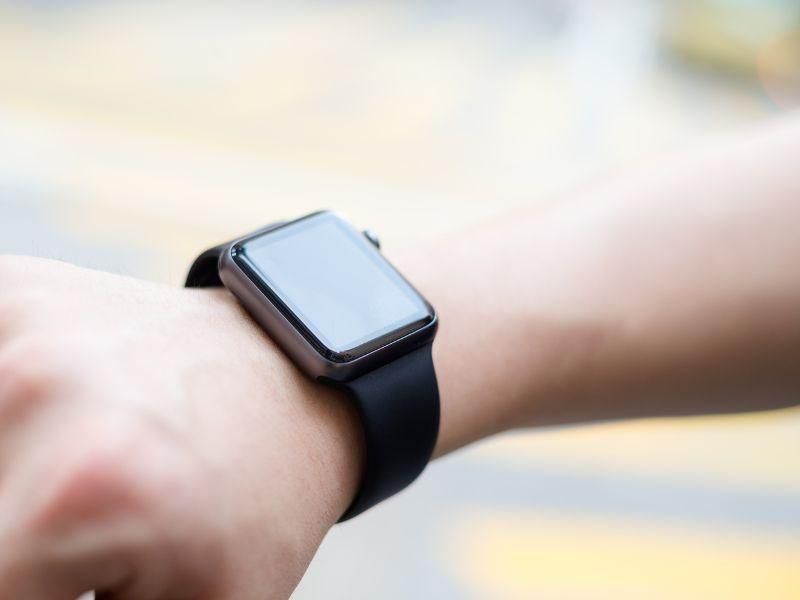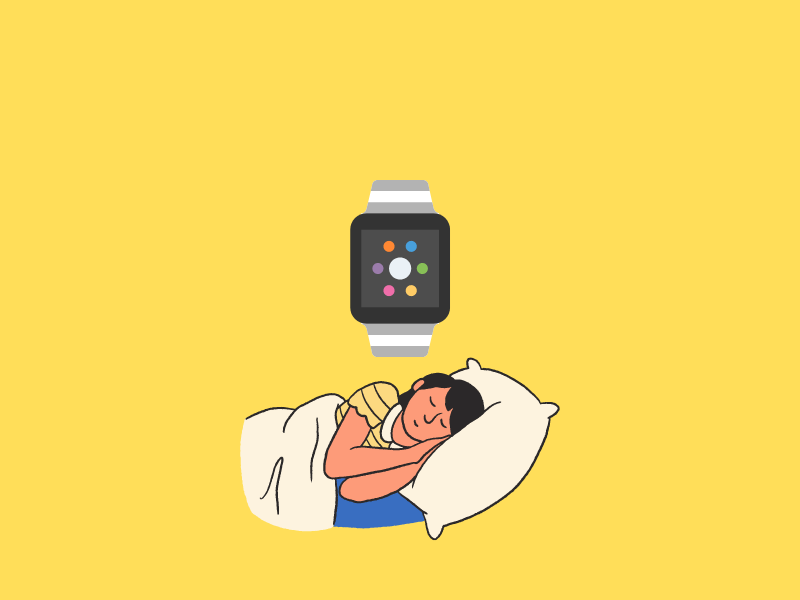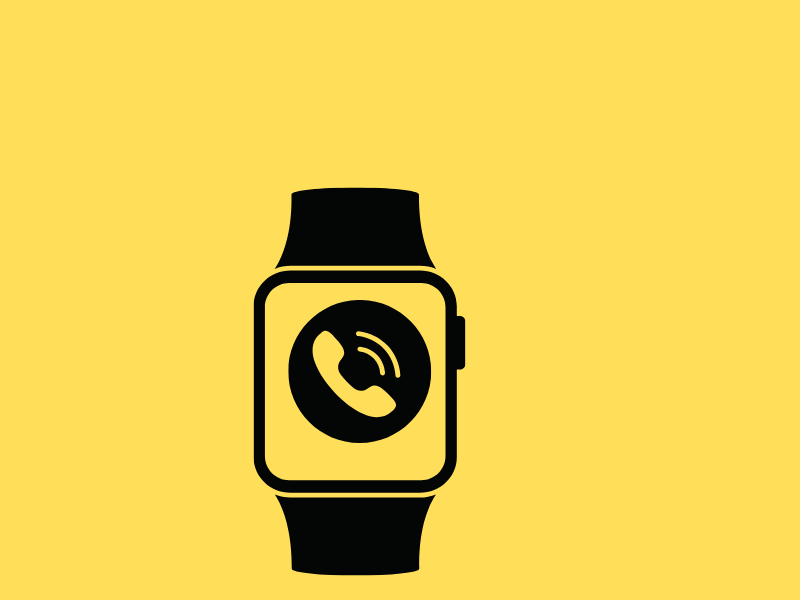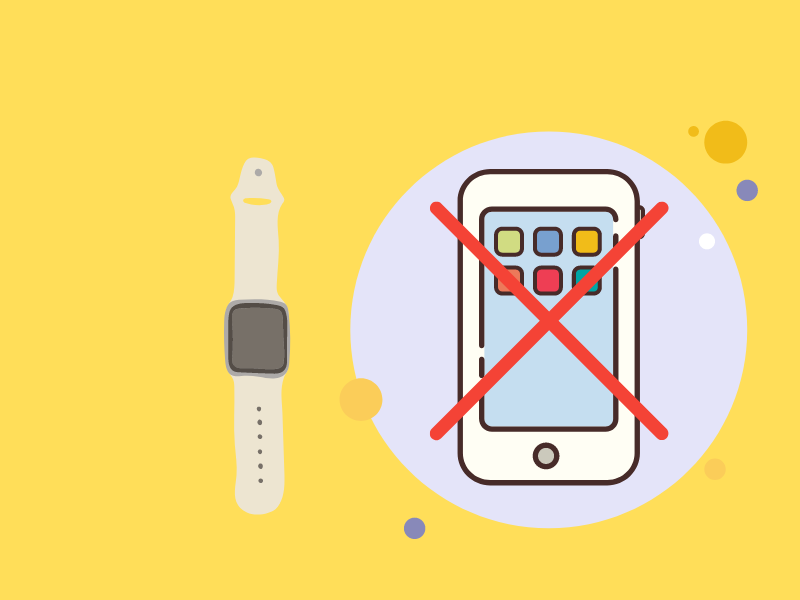Is Apple Watch resting heart rate accurate?
One cool addition to Apple’s range of products is the Apple Watch. This wearable device has an optical heart rate sensor that tracks your resting heart rate. Heart rate measurements are essential indices used to gauge someone’s health and early signs of trouble. Hence, it is an important data to have at one’s fingertips. But is the Apple watch resting heart rate accurate?
In this article, we will answer this question and provide you with other necessary information to ascertain if the Apple watch resting rate is accurate.
What is a resting heart rate?
A resting heart rate is the average number of heartbeats per minute while a person is at rest and not engaged in a physically demanding activity. Accurately measuring your resting heart rate can help determine if you have a heart disease or a defect.
Is my Apple Watch’s resting heart rate accurate?
Yes, the Apple Watch resting heart rate feature is accurate. We conducted a little experiment using three Apple watches to measure the resting heart rate of three people. For reference, the people tested were a 26-year-old soccer player, a stay-at-home mom, and a factory worker. The results obtained are as follows:
- 26-year-old soccer player – 48 bpm.
- Stay-at-home mom – 65 bpm.
- Factory worker – 54 bpm.
Their results were cross-checked against a Holter monitor. We observed a 1.5% difference on the monitor, which is negligible.
The average resting heart rate obtained from the three Apple Watches is like that obtained from similar devices with negligible differences.
You can use the Watch to track your heart rate during physical activities or meditating. Also, it will notify you if there are any abnormalities.
Generally, the fitter you are, the lower your heart rate. A lower heart rate means your heart is efficient. Although, several other factors determine the heart rate of any individual, such as:
- Age.
- Smoking habit.
- State of emotions.
- Body size.
- Fitness.
- Environmental factors.
- Medications.
- Heart defects or disease.
How Does Apple Watch measure your heart rate?
Apple Watch can measure your heart rate by using a feature known as photoplethysmography. This means that your Apple Watch uses green LED light paired with photodiodes which detect reflected light to notice how blood flows through your wrist for a period.
The green LED light flashes as blood passes through your wrist, which helps it detect the blood flow rate in your bloodstream. Green light is used because our red blood absorbs it better.
This feature is available for Apple Watch 4 and later.
How to check your heart rate with Apple Watch
As mentioned above, your Watch has to be Apple watch series 4 or later to use the heart rate feature. By default, your Watch notifies you of your heart rate and also alerts you if your heart rate is above 120bpm. Though 120bpm is the default fixed heart rate for your Watch to sound off an alarm, you can change it or turn it off automatically. Here’s how to do that:
- Press the Digital crown and scroll either up or down (depending on the model of Apple watch you are using) until you see the Heart Rate.
- Tap on it.
- You will see an option to turn the feature off or edit the heart rate when you are notified.
You can also access your heart rate from your Watch’s home screen if the icon is added there. To even make it much easier for you, use Siri. Just say, “Hey Siri, what is my heart rate?”.
How to add heart rate to your Watch face
Some Apple Watches come with Heart Rate on your Watch face by default. Watches with the Modular face, simple face, or Kaleidoscope face offer Heart Rate on your Watch Face as the default option. However, if yours is not there, you can add it.
- Go to the Watch app on your iPhone and select a Face from the listed options.
- If you don’t see the Heart Rate listed there, you can add it.
- After adding the Heart Rate, Tap on it.
- You will be taken to an edit option.
- Swipe down to see if there are Complications available.
- If there is more than one position available for Complications, select the location you’ll like your Heart Rate Complication to stay.
- Go through the list till you see the Heart Rate.
- Set as the current Watch face.
You can also use your Watch to add the heart rate to your Watch’s face
- Click on the current watch face.
- Select any Face and click on Customize.
- Tap on any area where you can add complications.
- Make use of your digital crown to scroll down.
- Once you see the Heart Rate icon, tap on it, and it will be added to your Watch Face.
How to find out the reading of your Heart Rate during a workout
Your Apple Watch monitors your heart rate continuously when you are working out, and you can still see your workout stats minutes after a workout.
You can view the stats on your Watch:
- Click the Digital crown on your Apple Watch and select the Heart Rate app.
- Go to Activity. Here, you can see your average BPM.
- If you want to see more stats, tap and hold the Activity for a while until it opens up a page that shows a graph.
- You get to see more information about your heart.
You can also view the stats on your iPhone:
- Go to the Health app on your iPhone
- Click on Heart Rate.
- Keep swiping each page until you see your workout information.
- It contains more information about your heart.
How to change the BPM that you are alerted at
By default, your Hear Rate app is set to alert you once your heart rate goes above 120 bpm and you’ve been inactive for over 10 minutes. The alert beats per minute available are between 100 and 150. So to change the bpm:
- Go to your iPhone and open the Watch app.
- Select My Watch, then tap on Heart Rate.
- Click on the number beside the Elevated Heart Rate and select the bpm when you wish to be notified.
Note: Your Heart Rate app won’t alert you even if it rises above 120 bpm if you are working out. This is because your heart rate tends to increase when your body is in motion. You will only be alerted if you are inactive for over 10 minutes and your heart rate keeps rising above the set BPM.
Can the Apple Watch alert me of an increased heart rate when I’m scared?
If you are watching a scary movie or on a fairground ride, your heart rate tends to increase. However, your Heart Rate app won’t alert you until your heart rate has passed the set number for ten minutes. The Watch keeps monitoring it to see if it increases. If it does, it will alert you.
What you need to know about your Apple Watch heart rate monitor
If you wear an Apple Watch, it will track your heart rate throughout the day. The goal of this monitoring is to help improve your overall fitness and health. However, you should keep a few things in mind before trusting the data from your Watch.
First, remember that heart rate readings from the Apple Watch may not always be accurate. The Watch uses an electrocardiogram (ECG) sensor to measure your heart rate. While this technology is reliable in many cases, it is not 100 percent accurate. In some cases, the Apple Watch may overestimate your heart rate by up to 10 beats per minute (bpm) if the Watch is not worn correctly.
Second, the heart rate figure is based on data taken from active measures such as workouts and walks. If you sit still for an extended period, your resting heart rate will be lower than if you were walking or working out.
Overall, if you are looking for a way to monitor your heart health, the data from the Apple Watch is a helpful measurement. If you are concerned about your heart, you should consult your doctor before making any changes to your lifestyle.
Frequently Asked Questions on the accuracy of the Apple Watch resting rate
Q. Can I use my Apple Watch to check my heart rate?
A. Yes, you can use your Apple watch to check your heart rate. As explained in the article, it is accurate most of the time. However, you are advised to use the professional chest strap EKG if you have heart issues so that you won’t get a misleading result.
Q. Which smartwatch is the best for resting heart rate checks?
A. Apple Watch remains the best smartwatch for checking your heart rate compared to other watches on the market.
Q. What is Heart Rate Variability on Apple Watch?
A. Heart Rate Variability on your Apple Watch indicates how your heart rate fluctuates around the average heart rate. The more fit you are, the higher the score. A higher HRV score suggests that your body bounces back after being stressed out. A low HRV score could mean inflammation or stress. However, if you are old, your score tends to reduce. The Heart Rate Variability measurement can come in handy if you have an arrhythmia.
Wrap Up
The Apple Watch is more than a mere technological device and can come in handy when you need to check your heart rate. Although the readings are not always 100% accurate, you can use them to get an idea of your heart rate.
If you have any questions, kindly leave them in the comments below. Thanks for reading.
For more featured articles like this, click on the home page.




